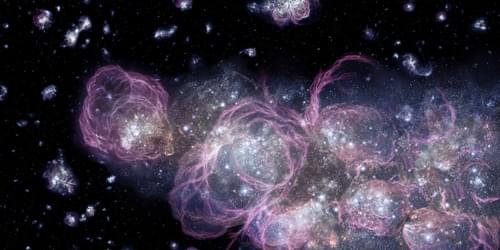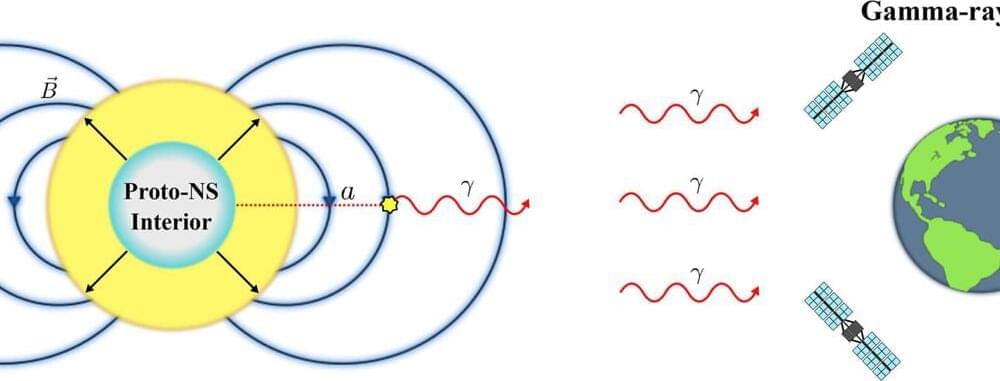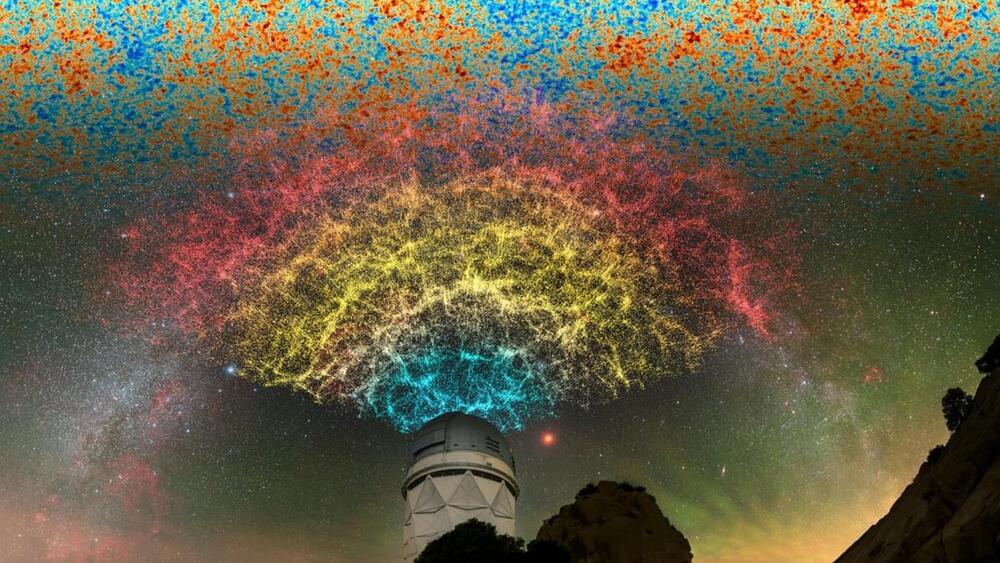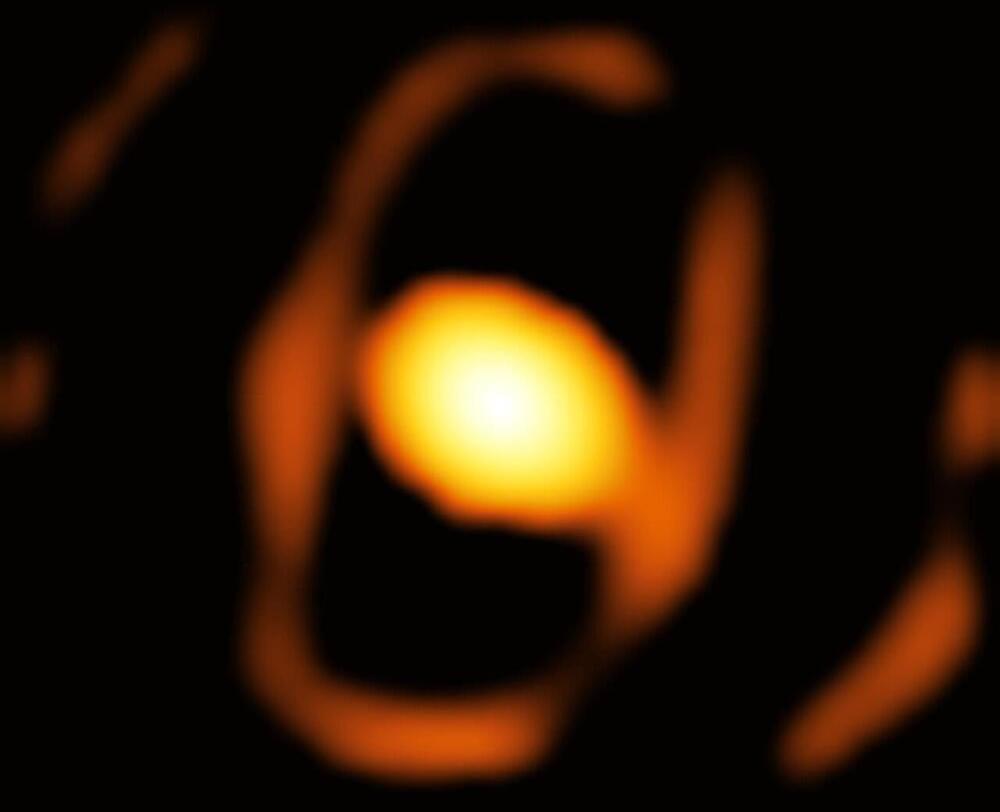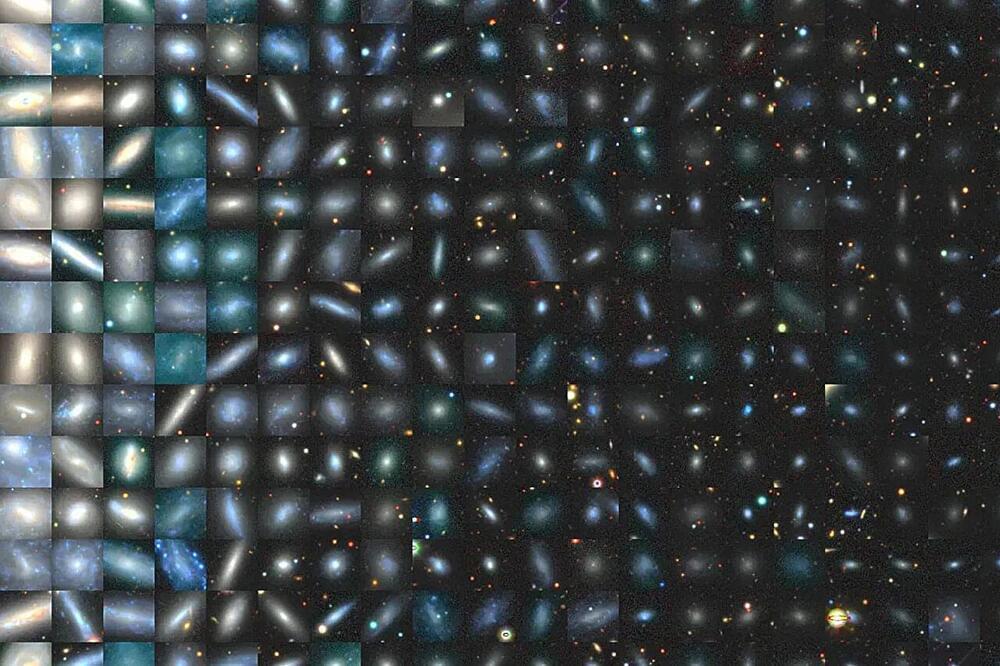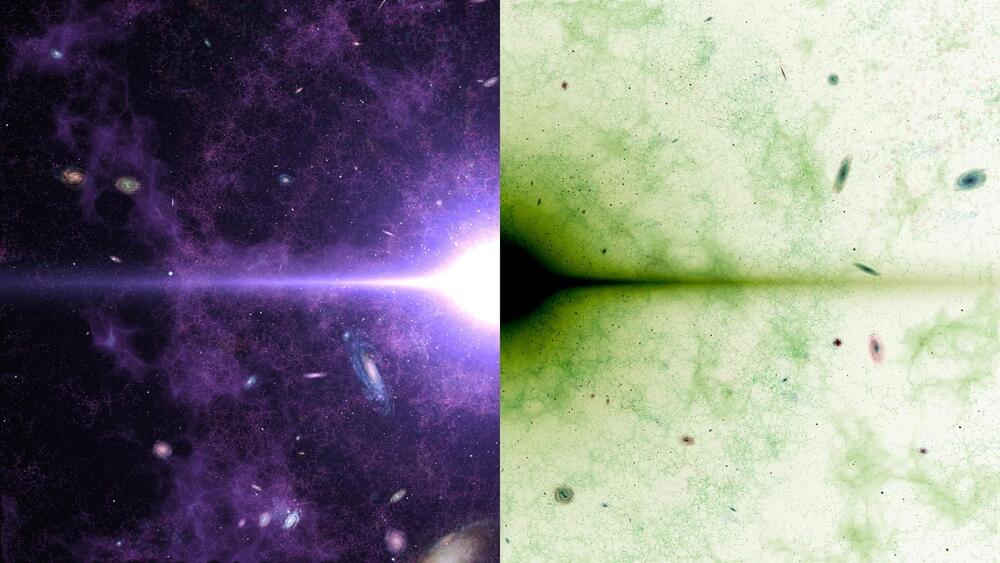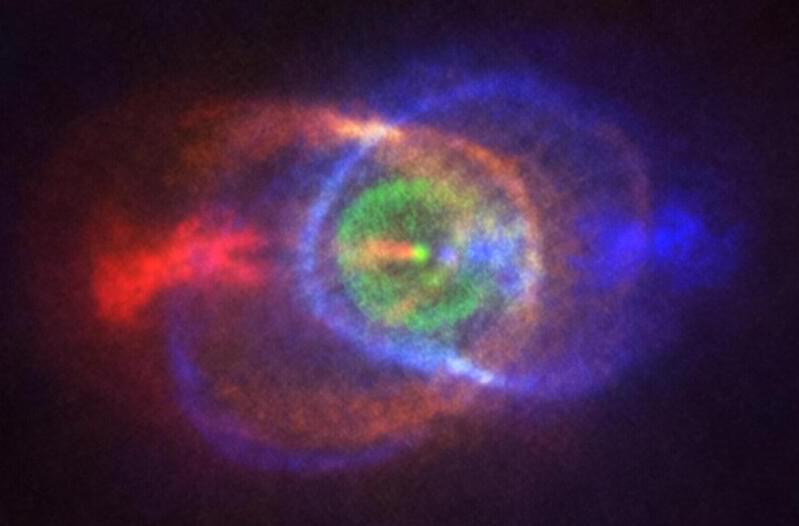Low-frequency radio observations could allow researchers to distinguish among several dark matter models, thanks to dark matter’s influence on the early Universe.
The profusion of dark matter candidates reflects how easy it is for any of them to explain the current large-scale structure of the Universe. Decisive clues about dark matter’s true nature are more likely to appear at earlier epochs. Unfortunately, those clues are harder to observe. Now Jo Verwohlt of the University of Copenhagen in Denmark and her collaborators have shown how a deeply redshifted hydrogen line could unmask dark matter [1]. To do so, they also identified confounding signatures from regular, baryonic matter.
Some theories posit that dark matter interacts with so-called dark radiation. In the dense early Universe, the heating effect of that interaction could have been enough for large concentrations of dark matter known as halos to temporarily and repeatedly resist gravitational collapse. Termed dark acoustic oscillations (DAOs), these cycles of expansion and collapse would have quickly died out. But before they did, they could have affected the onset of “cosmic dawn.” That’s when the first galaxies formed from primordial gas drawn into the halos.
